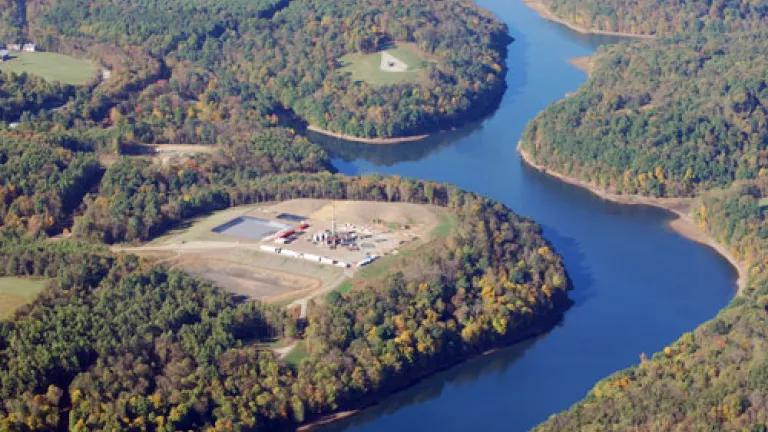
A researcher at the Academy of Natural Sciences in Philadelphia recently investigated measures of ecological function in nine small watersheds in Pennsylvania, including three areas with no drilling, three with low density drilling activity, and three with high density drilling activity. Initial data reveal water impairment downstream from the high drilling density areas, along with a 25% reduction in salamanders and sensitive insects. According to the researchers, amphibians like salamanders and certain insects are especially vulnerable to changes in the environment and are therefore "early warning" indicators of ecological contamination.
The Vice President for Environmental Research at the Academy makes clear why this information is so important: ".... we don't preserve natural systems just out of some altruism or fuzzy moral sense. We preserve natural systems because human society depends on them directly, whether it is for water filtration, air quality, or fertile soil."
He concludes: "This suggests that there is indeed a threshold at which drilling—regardless of how it is practiced—will have a significant impact on an ecosystem." We agree with the Academy that an assessment of cumulative impacts is essential to fully understand the potential impacts before any largeâscale drilling occurs.
How close does drilling really come to vulnerable drinking water resources in Pennsylvania? Check out this alarming photo of drilling sites along the banks of the Beaver Run Reservoir, which provides water to 150,000 people. There are plans for 60 natural gas wells around this reservoir in the near future:
Photo: (c) Marcellus-Shale.us, used with permission

